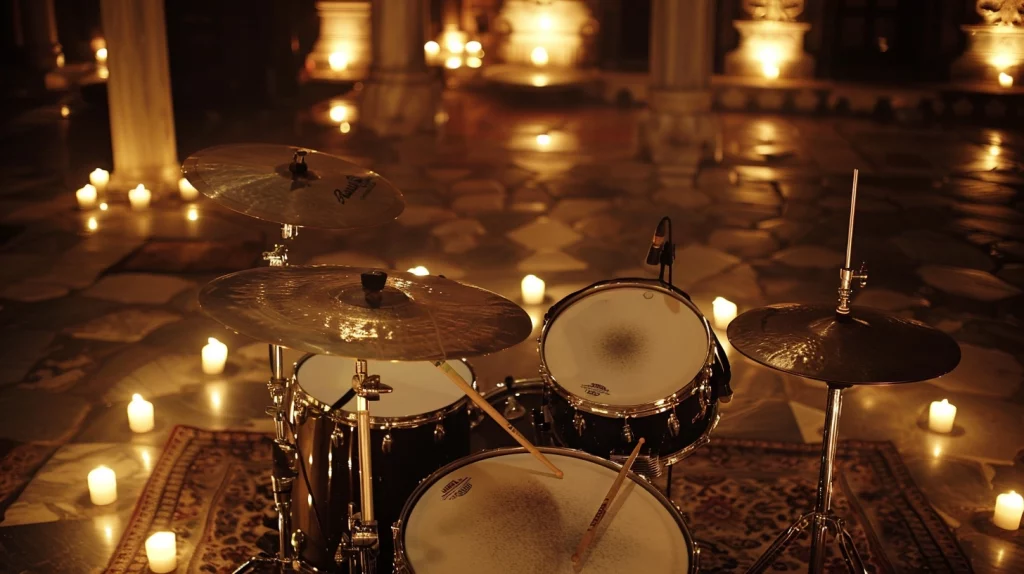RouteNote’s royalty payment process has some unique aspects compared to other distribution services:
- Flexible pricing models: RouteNote offers both a free plan and a premium plan. With the free plan, artists keep 85% of their royalties while RouteNote takes 15%. The premium plan allows artists to keep 100% of their royalties for a flat annual fee.
- Plan switching: Artists can switch between the free and premium plans at any time, allowing them to optimize their earnings based on their current performance.
- Payment schedule: Royalty payments are made automatically between the 15th and 20th of each month, provided the $50 minimum earnings threshold has been met.
- Royalty types: RouteNote collects various types of royalties, including performance royalties, mechanical royalties, YouTube micro-synchronization royalties, and neighboring rights.
- Delayed ingestion for compositional royalties: Compositional royalties can take 6-9 months to ingest due to RouteNote collecting from over 100 countries and societies, each with its own upload period.
- Combined payments: For artists who distribute through RouteNote, publishing royalties are paid alongside master/sound recording royalties.
- Transparent reporting: RouteNote provides monthly reports to artists, allowing them to track their earnings across different platforms.
Unlike some services that may have more complex pricing structures or longer payment delays, RouteNote aims to offer a straightforward and relatively quick payment process. However, it’s important to note that the actual speed of payments can vary depending on the type of royalty and the specific platforms involved.
